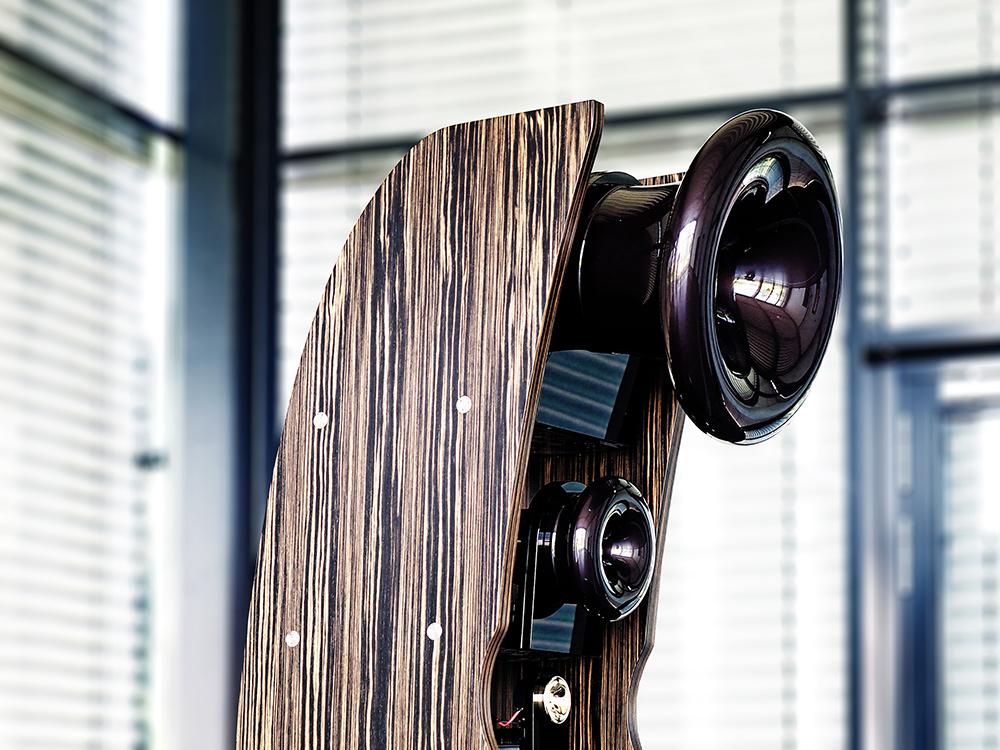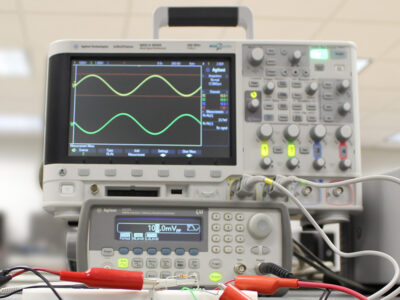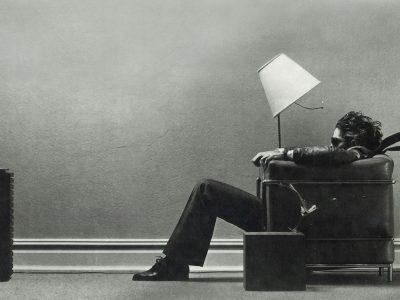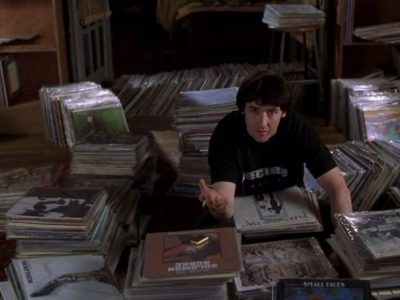Does more expensive mean better sound?
This old chestnut comes up in conversations among audiophiles from time to time. We’ve all heard the expression “you get what you pay for”, but does it apply to audio? It’s such a subjective hobby that there is no absolute truth and everyone has their own opinion which is based on their own experiences.
What do you think? In your personal experience, does spending more money result in better sound quality?
My opinion is that if you were to ask the question with an absolutist intention, for example ‘does more expensive ALWAYS result in better sound?’, then the answer is an undeniable NO. It certainly doesn’t.
But if you were to ask that question with a generalist intention, for example ‘does more expensive GENERALLY result in better sound?’, then I feel the answer is YES.
Perhaps a better approach would be to ask WHY is something more expensive? WHERE is the extra money spent?
I have experienced a lot of high priced equipment which sounded very disappointing. Sometimes it didn’t meet the expectations set by the price tag and other times it was just downright awful sounding, even when compared to equipment a fraction of its price.
Many years ago, I remember buying a second-hand integrated amplifier that had a reputation as being one of the best amplifiers available. Many audio magazines had published rave reviews about this very expensive amp and I was so excited when I eventually bought it. I had such great anticipation…I couldn’t wait to hook it up. But after a couple of hours, I was so deflated. It was considerably worse than the amplifier that I had just sold to be able to afford it. It sounded flat, lifeless & boring. I took it to a technician friend who has vast experience in repairing audio gear for his opinion.
I thought there was obviously something not functioning properly. Maybe it needed to be repaired? He opened the lid and we looked inside. I was then informed that despite the fact that this amplifier’s exquisite casework was crafted from CNC machined aluminium, titanium plated and expertly polished, internally the amplifier was built with a rudimentary circuit design and very cheap parts. In fact, the all-important volume control was a $2.60 volume pot that could be purchased from a typical electronics store. In this case, the money had been spent on the aesthetics and not on the electronics.
There are also many cases where the money is spent on a global marketing budget, designed to create hype and desirability for the product. The cost of long-term advertising in all the major publications, forums, social media and digital marketing platforms, the glossy brochures, the hi-fi shows and the stock created for the dealer networks is significant. That cost is added to the product purchase price to the consumer. There’s nothing wrong with this off course, but it’s helpful to know what you’re paying for and why an expensive purchase price may not necessarily result in a commensurate high quality sound.
Unfortunately, I feel that there are many cases of under-performing expensive gear in high end audio and it can be argued that they damage the health of the industry. Some people take advantage of audio consumers by offering over-the-top expensive chassis, unnecessary audio jewellery bling, exotic materials that don’t really aid performance or various ‘snake oil’ claims. In these cases, more expensive definitely does not result in better sound.
However, there are many aspects to audio design that make a significant difference to the sound. When we consider electronics for example, aspects such as circuit design and topology, quality of materials, component quality, quality and design of the power supply, resonance mitigation, magnetic isolation and build quality are very important. Advancements in these areas results in measurable, quantifiable improvements that many audiophiles can hear.
When I ‘look inside the box’ of some of my favourite amplifiers, I can see that the choices that they have made in how they have designed and built the amplifier, coupled with the cost of the parts not only explains why they sound so good but it also justifies their cost. If I can afford it, I feel very comfortable paying for this type of product.
When we consider loudspeaker architecture, as a designer tackles the inherent challenges of a speaker with less compromise, the engineering, materials and construction costs escalate. For example, if we consider horn speakers, many brands make their horns out of a lightweight plastic to keep costs and weight (shipping costs) down. However lightweight materials have associated resonances which add a sonic flavour (colour) to the sound.
If we look at an example of how one manufacturer deals with that issue, Cessaro Horn Acoustics build their horns with a double shell, internally filled with a heavy polymer. The special composition of the polymer is critical as it has a specific density that is not too soft or too hard in order to provide perfect inner damping characteristics. How did they work out the correct polymer composition? By doing hundreds of hours of experimentation, testing and listening. Due to these construction methods, Cessaro horns are very heavy. The horn alone (without the driver) is 60kg for the Alpha, over 100kg for the Beta and over 250kg for the bigger horns. This type of engineering effort is very expensive.
How many box speakers have you seen which are essentially a few drivers placed in a MDF box with some internal felt damping material and a couple of internal braces thrown in to stiffen the cabinet? When manufacturers like Wilson Benesch use carbon fibre enclosures internally and externally shaped by extensive research and computer modelling, coupled with custom made drivers made by the same company to achieve perfect system matching…. well……that is more expensive than buying a few drivers from a driver company and sticking them in a particle board box.
I’ve just used two examples of speaker brands that I sell but there are other brands out there that follow the same reasoning. The important thing is to understand WHAT YOU ARE PAYING FOR. If you are buying a piece of equipment with a higher price tag, make sure you understand why it is more expensive than the cheaper items. Your consultant should be able to explain this to you. And be sure that it actually sounds great to you.
So to address the initial question, I believe that if the ‘more expensive’ is attributed to a talented designer spending a greater budget on system architecture, high quality materials, componentry, build quality and all the ‘signal critical path’ considerations, then more expensive usually equals better equipment and usually results in better sound. Audio is no different to any other technology – keep developing it and it usually works better.
So if we accept that we have spent more money on a better designed, better engineered and better built set of audio components, are we then guaranteed to get a better sound?
Actually …… No.
Getting your hands on high quality components is not the end of the story. I am a big believer in system synergy. Far more important than the cost of the equipment is that the equipment works well together. In my experience at Nirvana Sound, considerable improvements are made to the performance of our client’s systems by addressing the compatibility and synergy of the equipment so that the ‘whole is greater than the sum of the parts’.
Ensuring that your selection of components works well in your specific listening space is also a major consideration. Get these things right and you are well on your way to experiencing the joy of great sound.
Finally, since this blog is about cost, it’s my philosophy that the whole objective of having a stereo system is that you enjoy your music, not to fuss over the cost and reputation of your components. I have met many people who are enjoying their system immensely and have relatively cheap systems. I have also met many people who have spent a fortune on their system and they are never satisfied. I feel that the cost is a very real, practical concern but it should not be the driver of our decisions.
Personally, I use my ‘feel’.
If I’m blissfully engaged in the music, if the hours pass without me noticing, then the system’s fine.
Just don’t tell me what it costs…











